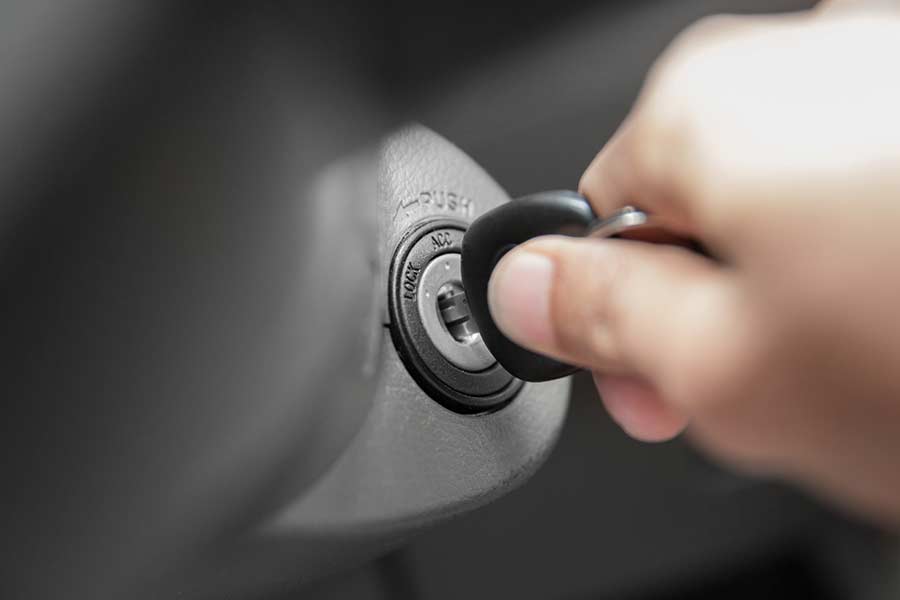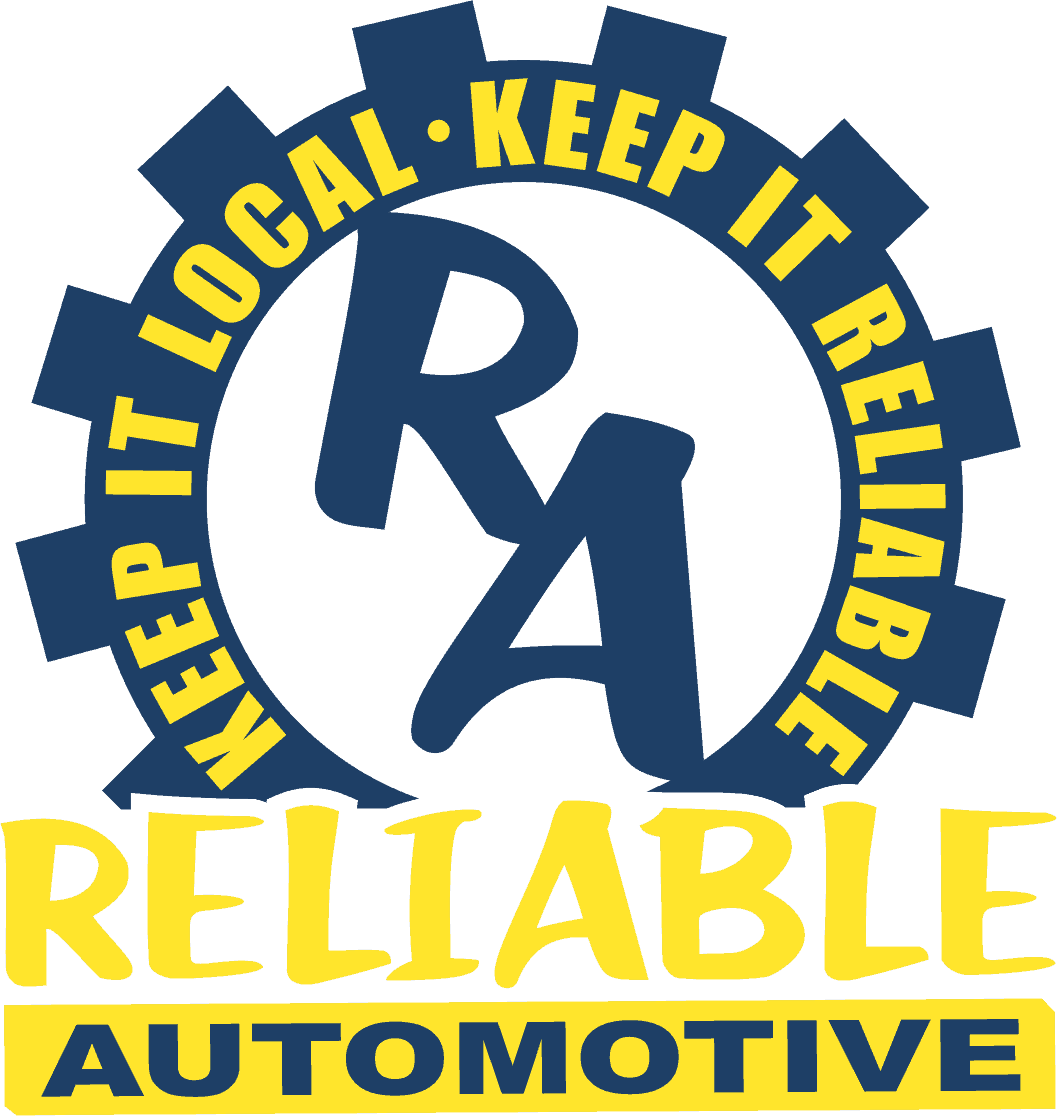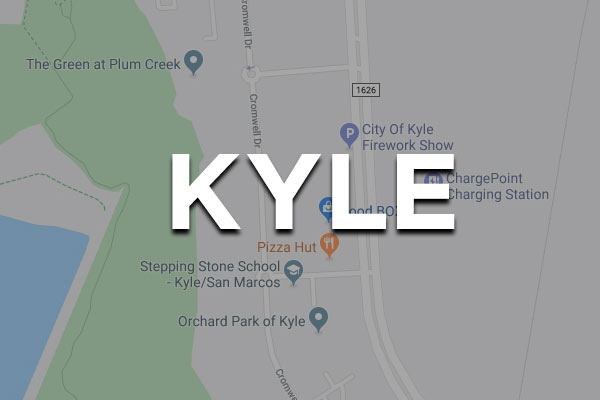
One of the most important and often neglected areas of car maintenance is the ignition and starting system. Most drivers don’t consider the many working parts that go into the simple act of inserting the key and putting the car into gear. There are a couple of different places to check when your car won’t turn over, some of which don’t involve immediately calling your favorite mechanic.
The Battery Terminals Might Be Corroded
First, what should you do if you insert the key and it starts to click like it wants to crank over but doesn’t run? Check the battery terminals. Corroded battery terminals will prevent the electrical charge from reaching the solenoids that engage the starter, and this will leave you stranded. Having your mechanic regularly check the terminals and the age of the battery during your routine services will help keep you rolling. Local auto parts retailers will often provide free battery testing at curbside. Check out our previous post to learn what signs to watch out for that indicate your car’s battery is about to die. The signs listed could be good indicators that it is time to get car maintenance in San Marcos. Also, ensure that you didn’t leave the headlights on, draining the battery of its charge. Keeping a set of jumper cables in the trunk is always an excellent idea for just such scenarios.
The Starter’s Drive Gear Might Be Worn Down
So where do you go when this doesn’t work? After you make the call to roadside assistance and get somewhere safe, the next step is to begin doing your homework to avoid excessive charges at the mechanic shop. Did your car grind when you turned the key? This could be a sign that your starter’s drive gear is worn down. If this is the case it might be time to visit a San Marcos, TX auto repair shop. If you continue to overlook this, it will eventually ensure your car’s flywheel gets damaged too.
The Entire Starter Might Need Replacing
If your car was whining but not clicking or grinding when you turned the key, this could indicate the entire starter mechanism needs replacing, as the flywheel and starter gear are completely disengaged from each other. Your mechanic may refer to this situation as freewheeling.
The Solenoid Might Be Worn Out
What if you cannot completely turn the key past the ignition lock despite having the brakes depressed to deactivate the safety feature? Or what if the key turns without the safety check and the car can be put into gear without the engine running? Your mechanic needs to look at the solenoid in the starter and/or the shifting column. Your solenoid is the component which allows the electrical current from your battery to cue the starter gear to engage with the flywheel, and power the engine. Additionally, you may find yourself unable to remove the key from the ignition in these instances.
Sometimes your solenoid wears out from regular driving, but in most cases drivers that allow oil and other fluids to leak onto the solenoid damage it prematurely. This can be avoided by getting regular oil changes at an auto shop in San Marcos, Tx (3000 miles for conventional motor oil, 7000 miles for full synthetic or what your manufacturer’s manual recommends).
You Might Just Need a Bit of Regular Maintenance
Scheduling regular maintenance appointments with the shop of your choice will not only keep you on the road, but it will also save you from costly parts replacements and equipment failures. By adding a few simple steps to your auto maintenance routine (testing your battery strength every six months, ensuring your engine is free from leaking fluids that damage your electrical relays and belts, and regular oil changes), you will keep your car running as reliably as you need it to.






